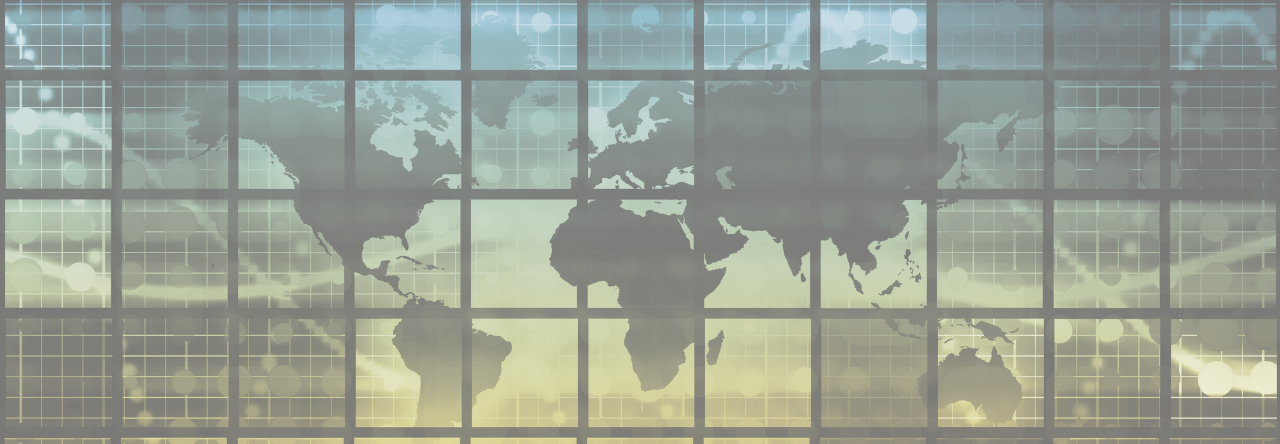This article is the English version of : John McLaughlin, « Moyen-Orient : en attendant la nouvelle administration américaine », published in Politique étrangère, Vol. 81, Issue 2, 2016.

Not since the collapse of the Ottoman Empire after World War I has the Middle East been wracked with so much change, violence, and uncertainty. When long building pressures erupted with the so-called “ Arab Spring” in 2011, Henry Kissinger presciently said that it was only “scene one of act one of a five act play”. Before we can venture even a guess about the next scene or act and how American policymakers might approach it, it’s necessary to step back and examine the region in its broader setting.
Strategic context
Contemporary events are so riveting that it is easy to forget how much the Middle East has been shaped by external forces. In this century, this has been the case ever since Mr. Picot and Mr. Sykes drew their lines on the map delineating some of the new Middle Eastern boundaries exactly a century ago this year.
Indeed, the United States (US) and other great powers have long seen influence in the region as tightly related to their security and viewed its resources as essential to their economic health – convictions demonstrated repeatedly since the end of WW II and the onset of the Cold War.
During the Cold War, direct great power competition in the region was a kind of zero-sum game as the United States and the Soviet Union vied for influence and access. Even as hot wars flared in Asia – thinking of Korea and Vietnam – the US, Russia, and many European nations still saw the Middle East as an arena for competition. It played out in relations with Egypt, Syria, Iraq, Iran, and Libya, in weapons sales, and in the Arab-Israeli conflicts.
But when the Cold War ended, the major powers’ approaches to the Middle East became more individualistic and fluid, either by necessity or choice. During the early post-Cold War years, Russia and China were mindful of the Middle East but thoroughly absorbed with internal transformations – Russia moving from a command economy to private enterprise and China digesting Deng Xiaoping’s market economic reforms and purging sympathizers of the 1989 Tiananmen Square protests. Without the overlay of U.S.-Soviet rivalry, Europe focused on rebuilding traditional relationships in the Middle East, while elsewhere deepening integration within the European Union, and laying the groundwork for bringing in former Soviet satellite countries as new members. For its part, the US was absorbed in consolidating its post-Cold War position in Europe (the uniting of Germany within NATO, for example), building a new relationship with Russia and the former Soviet Union’s newly-independent states, and dampening ethnic conflict in the Balkans. America’s focus on the Middle East sharpened dramatically of course as terrorism escalated and particularly after the 9/11 attacks and in the chaotic aftermath of the 2003 Iraq invasion.
Meanwhile, the global financial crisis of 2008 weakened confidence in the US, including among Middle Eastern partners. At the same time, Russia was becoming more assertive, as evidenced by its occupation of parts of Georgia in 2008 and parts of Ukraine in 2013. And the perception grew that China was “rising” in a way bound to challenge American international dominance.
As the major powers were adjusting to these new dynamics, the Middle East was rocked by three phenomena that changed the character of the region and the terms on which outsiders must engage it. First, the Iraq war polarized the countries of the region and roiled relations among the major outside powers. Second, Islamic extremism sunk deeper roots and sparked divisions among outside powers about how to respond to it. And third, the region experienced the Arab Spring, which upset not only the domestic norms of many countries but also changed many of the personalities and institutions that served for years as conduits to the outside powers.
In short, the end of the Cold War meant that Middle Eastern competition among the great powers was separated for the first time in decades from a global struggle. The Middle East has thus become the world’s principal laboratory for practicing the new balance of power politics likely to characterize the coming decades. It is the arena where the first rounds of a new “Great Game” are playing out. The game has begun, whether the great powers are ready or not. […]
Read the rest of the article here.
>>> More articles of Politique étrangère are available for reading
on Cairn International <<<


Vous devez être connecté pour poster un commentaire.